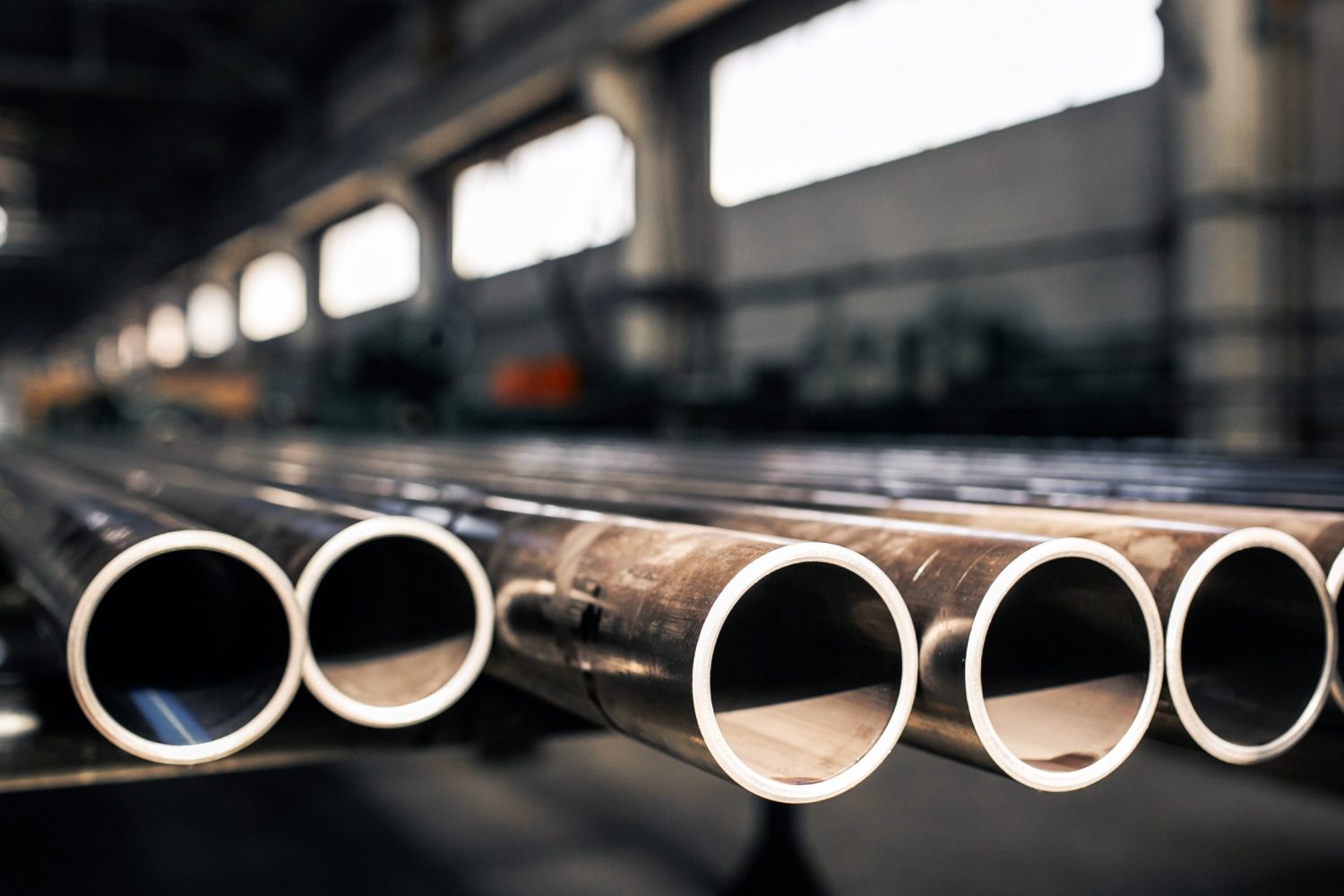800-764-7473
Local 208-324-2142

When embarking on construction or industrial projects that require sturdy, reliable materials, the choice of steel casing pipe is paramount. These pipes serve as critical components in various applications, from foundational supports to protective barriers for utility lines. Selecting the right pipe not only ensures the durability and success of your project but also contributes to cost-effectiveness and environmental sustainability. As you explore options for your next job, consider the versatility and benefits that used oilfield pipe offers, a choice that combines quality with eco-friendliness at the end of this exploration.
Caissons, vertical casings, and drilled shaft casings are foundational elements in construction that provide stability and support to structures. These steel casings are essential in creating deep foundations, especially in bridges, buildings, and other large structures where a solid base is critical. They’re designed to withstand high loads, making them an indispensable part of the construction process. The use of used oilfield pipe in these applications not only offers a robust material choice but also promotes recycling and cost savings.
Split steel casing is a versatile solution for protecting and enclosing utility lines, including water, gas, and electrical conduits, especially in areas where direct burial is not feasible. Its design allows for easy installation around existing lines, providing a durable shield against physical damage and environmental factors. This casing type is particularly useful in retrofitting projects or when it’s necessary to upgrade the protective measures for utility lines without extensive excavation.
Ensuring Integrity with End Seals and Casing Spacers
To maintain the integrity and longevity of steel casings, especially when repurposing used oilfield pipe, it’s vital to implement proper sealing and spacing. End seals prevent the ingress of water, debris, and other contaminants while casing spacers ensure the casings are centered and prevent metal-on-metal contact, reducing the risk of corrosion and wear. These components are crucial for the long-term performance and reliability of steel casings in any application.
Choosing the right steel casing involves understanding the specific needs of your project. Factors such as load-bearing capacity, environmental conditions, and the nature of the contained materials all play a role in selecting the appropriate type of casing. Used oilfield pipe, for instance, offers a durable and cost-effective option for many applications but requires careful inspection to ensure it meets project specifications.
Incorporating efficient used oilfield pipe into your project not only leverages the strength and durability of steel but also supports sustainability efforts. By repurposing these materials, you contribute to reducing waste and the demand for new raw materials. This approach not only benefits the environment but can also lead to significant cost savings, making it an attractive option for budget-conscious projects.
When selecting steel casing, especially used oilfield pipe, it’s essential to ensure the materials meet industry standards and project-specific requirements. This includes checking for any signs of wear, corrosion, or other damage that could affect the pipe’s performance. Working with reputable suppliers who provide certified and inspected pipes can help ensure the quality and reliability of the materials used in your project.
Finding the right steel casing pipe for your job is a critical decision that influences the success, durability, and sustainability of your project. At Bison Pipe, we understand the foundational support offered by caissons and vertical casings, along with the protective capabilities of split steel casing and the importance of proper sealing and spacing. Each aspect of casing selection plays a vital role. By considering used oilfield pipe as a viable and environmentally friendly option, we help you achieve a balance between performance, cost-effectiveness, and sustainability. Remember, the key to a successful project lies in our careful planning, material selection, and adherence to quality standards.